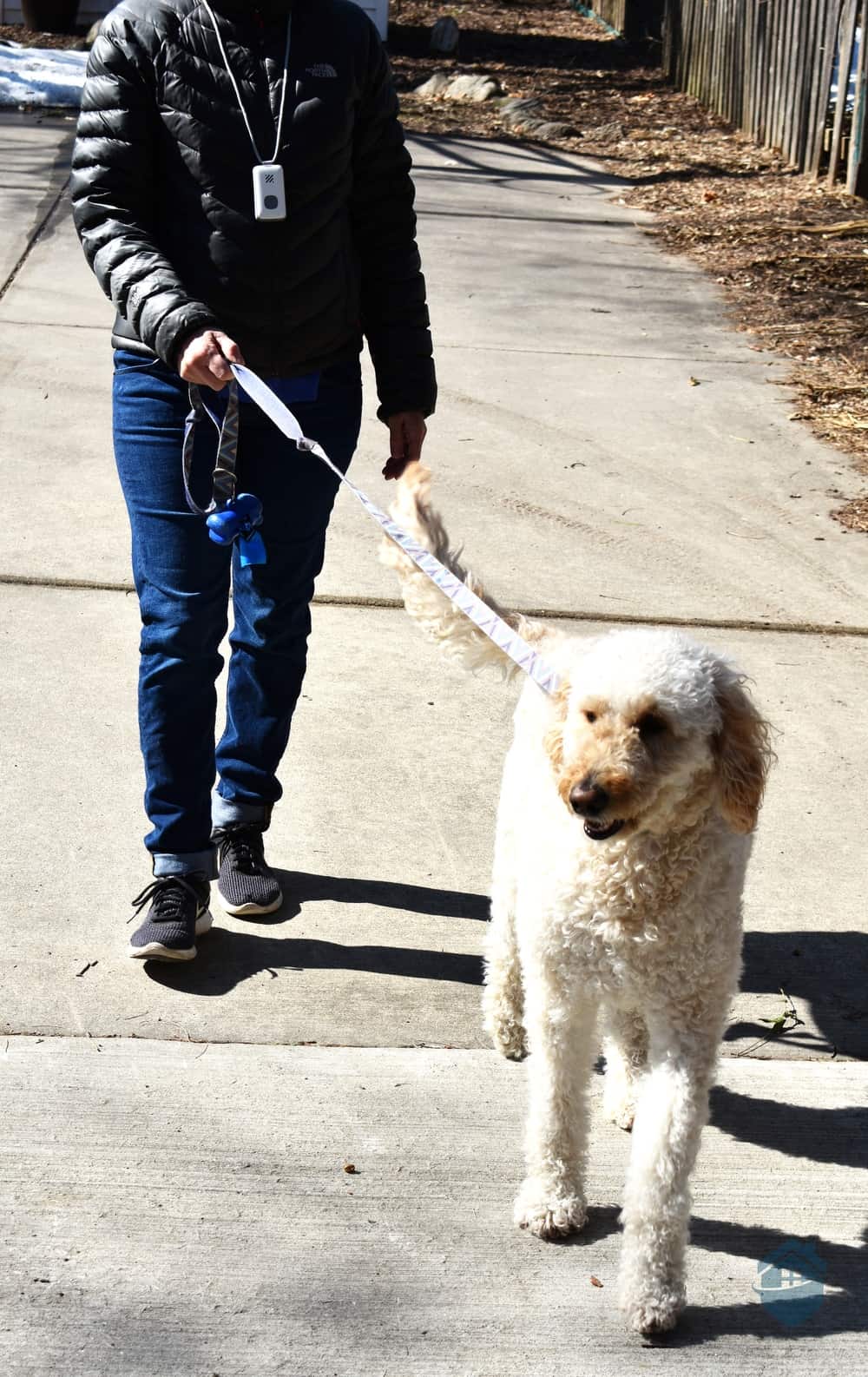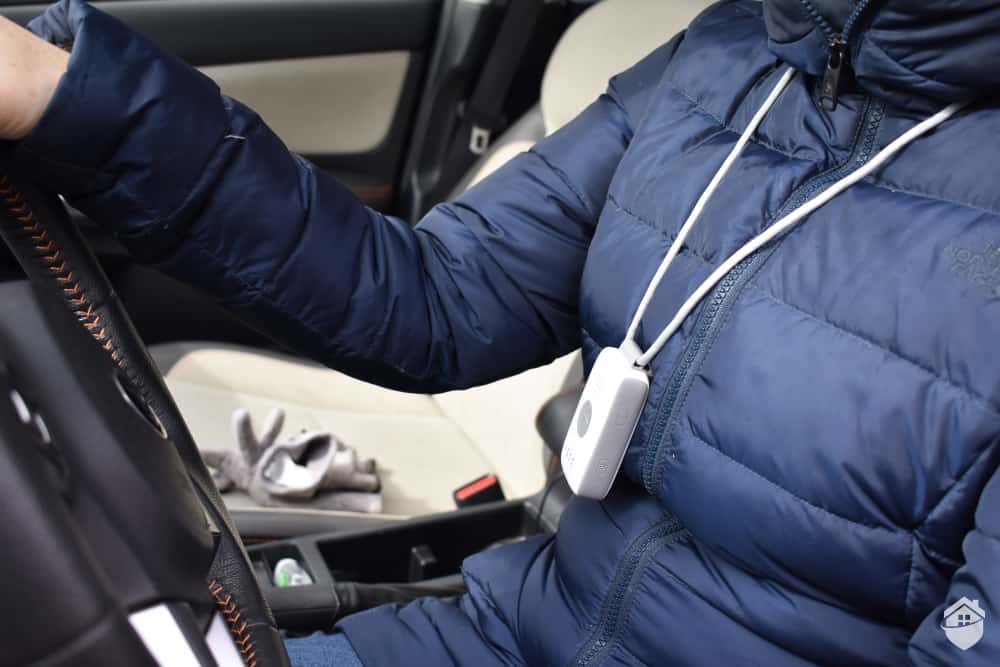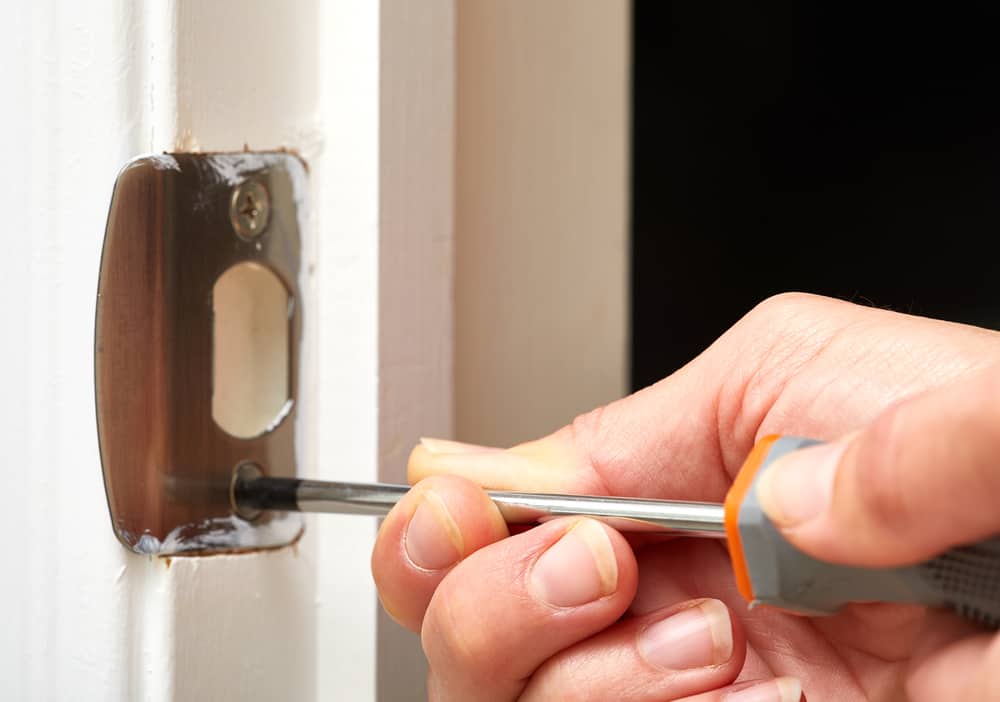The statistics on falling among older adults is startling. Every year one out of three older adults falls, and the result can be life-changing. Falls are the leading cause of head injuries and broken hips. Every 11 seconds, an older adult is treated in the emergency room for a fall, and every 19 minutes an older adult dies from a fall.1
Falls, however, should not be regarded as a normal part of aging. Much can be done to prevent a fall from happening and also minimize the impact when a fall occurs.
Read on as we explain strategies you can take to avoid becoming just another statistic.
The Cause of Falls in Older Adults
Before we talk about how to prevent falls, it is important to understand the root causes. In many cases, a fall happens because of multiple factors. Being aware of risks is the first step in preventing or reducing falls.
Three types of risks exist: physical, behavioral, and environmental.
Physical factors include health conditions such as arthritis, heart disease, foot problems, Parkinson’s disease, dementia, COPD, and diabetes. With these conditions may come muscle weakness, loss of balance, confusion, or dizziness from lack of oxygen — all of which can lead to a fall. A little known condition called syncope can also lead to a fall. It refers to fainting due to a reduction in blood supply to the brain and occurs in over 20 percent of people 75 and older.2
Did You Know? The more medications you take, the greater your risk for falls. Ask lots of questions of your prescribing doctor, and be aware of possible side effects such as dizziness and confusion.
Behavioral factors are the things we do or don’t do. They may include excessive alcohol use or the failure to use necessary assistive equipment such as a walker, cane, eyeglasses, or hearing aids.
Environmental factors can also lead to falls. Particular areas in your home, such as bathrooms and staircases, may need to be adapted as you age. Care needs to be taken with areas outside the home as well.
Preventing Falls at Home
Let’s talk about things you can do to prevent falls from occurring. If you’re aging in place, you, your family members, or another caregiver can make adjustments to your home that will go a long way toward preventing falls.
One simple change is removing loose rugs or carpeting, but there is much more you can do. Take a look at the suggestions below and consider what you can do in your home.
- Remove cords from high-traffic areas.
- Add lights to dimly lit areas, including the top and bottom of stairs.
- Add nightlights to bedrooms, halls, and bathrooms.
- Clean up clutter.
- Install handrails on both sides of outdoor steps.
- Install grab bars near the toilet and tub.
- Add no-slip decals or a rubber mat in the tub or shower.
Pro Tip: Some medical alert providers, such as Bay Alarm Medical, offer help buttons that can be adhered to a wall or other surface. It is recommended that these buttons be placed in high-risk areas such as the bathroom and at the top and bottom of stairs.
Fall-Prevention Interventions
During routine check-ups, your health-care provider should check for conditions that could lead to falls. That may include checking your gait, balance, strength, and coordination. If necessary, your doctor may refer you to a physical therapist or community-based fall-prevention program run at local agencies on aging, senior centers, the YMCA, or health clinics.
Fall-Prevention Guidelines
In addition to the adaptations you can make to your environment and the assistance medical professionals and community programs can provide, subtle changes in your daily routine can also make a difference.
Some are simple changes, such as wearing shoes that don’t put you at a higher risk for a fall. Non-skid shoes with a rubber sole and low heels are best. It’s important to find shoes that provide adequate support for your feet, so the soles should be neither too thick nor too thin.
Another easy fix is regularly applying salt or sand to your sidewalks and driveway during winter months. Wearing a medical alert device — even if just walking down the driveway to collect the mail — is also a good safety measure.
FYI: If you’re looking for an at-home medical alert system that will work while you spend time in your backyard or wander down your driveway, read our guide to the best medical alert systems with long ranges.
On the other hand, some changes may not be so easy. Getting a full night’s sleep is essential, but insomnia among older adults is common. Limiting alcohol is also recommended, since it can affect balance and reflexes. Studies have shown that the rate of hip fractures increases with alcohol use.
Staying physically active is another recommended strategy. Strength training builds muscle, while exercises such as Pilates and yoga improve balance and help keep joints, tendons, and ligaments flexible. Both contribute to a stronger body that’s less likely to take an accidental slip or trip. These exercises also help prevent some other health conditions that put people at a higher risk of falling.

Wearing LifeStation while walking the dog
Weight-bearing exercise, such as walking and dancing, help prevent bone loss. They may not prevent falling but it will help prevent a fracture if a fall occurs.
Fear of Falling
When a person has fallen once, it doubles their chance of falling again.3 Many older adults become less active after a fall, fearing the possibility of it happening again. They avoid activities such as exercising and socializing, which can lead to other health issues such as depression and physical decline. That then increases their risk of falling even more.

Wearing the MobileHelp MD 4
One way to decrease your fear of falling and increase your confidence in being active is with a medical alert device. Knowing you always have access to assistance can help you maintain independence and peace of mind both at home and away. A device that offers fall detection, such as Medical Guardian’s Mobile Guardian or MobileHelp’s Mobile Solo, provides even more protection. If you fall and you’re unable to press the help button, an alert will still be sent to the monitoring center.
FYI: To learn about other medical alert providers that offer fall detection, read our guide to the best medical alert systems with fall detection.
Fall detection also can decrease the severity of injuries resulting from a fall. With fall detection, lie time, or the amount of time an older adult lies waiting for help after a fall, is minimal. Studies have shown that a lie time of 72 hours or more results in a 67 percent mortality rate.4
Final Thoughts On Fall Prevention
Have you had your eyes and hearing tested recently? If you are struggling with sleep issues, have you talked to your doctor? Are you careful to rise slowly after sitting or lying down?
You may not be able to change some big things — such as the diagnosis of a chronic disease — but lots of smaller adjustments can be made to your daily habits and living environment that can make a difference in reducing your risk for falls.
Paying closer attention to your health is a normal part of aging. Falls are not.





